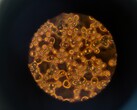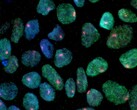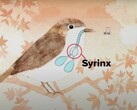An international team of researchers has digitally revived the flu virus of the 1918 pandemic through the reconstruction of its complete genetic blueprint. The pandemic, which wreaked havoc from 1918 to 1920, was one of the most deadly in history, claiming between 20 and 100 million individuals.
The research team, led by paleogeneticist Verena Schünemann, extracted the genetic material from a formalin-fixed specimen. The specimen belonged to a patient in Switzerland who was 18 years old at the time. The virus is an RNA virus, which meant its genetic code degraded faster than DNA, something that proved challenging to the study. To overcome this, the scientists developed a new, highly efficient method for recovering and sequencing the aged RNA fragments.
The reconstructed genome — the first precisely dated one from the 1918 pandemic — showed something surprising. Analysis revealed that from the very start of the pandemic, the virus already had three critical mutations that made it very adapted to humans. Two of these mutations helped the virus fight the human immune system, while the third amplified its ability to bind to human cells, making it deadlier.
The insight into the evolution of this virus will help scientists create more efficient models in preparation against future pandemics and in the development of vaccines.

























